
When Phipps Conservatory opened in 1893, Henry Phipps donated this statue, which has has sat in the Palm House ever since.


When Phipps Conservatory opened in 1893, Henry Phipps donated this statue, which has has sat in the Palm House ever since.

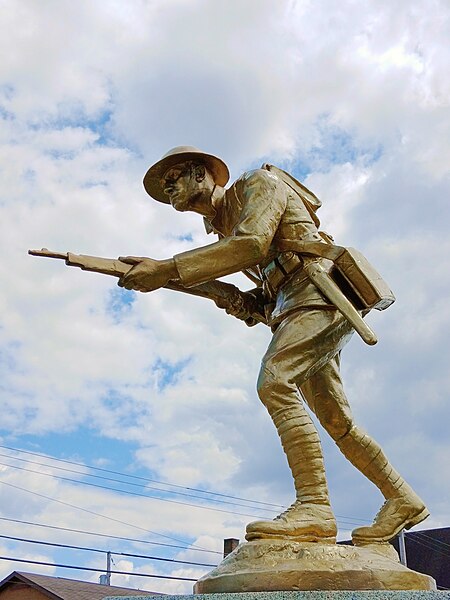
We have seen this statue before, on the war memorial in Coraopolis. Here the doughboy is missing his bayonet, but otherwise the statue is identical, doubtless cast from the same mold. The three-sided base carries the township honor roll in bronze; and, following his usual practice, Father Pitt records all the names in high enough resolution to be easily legible.
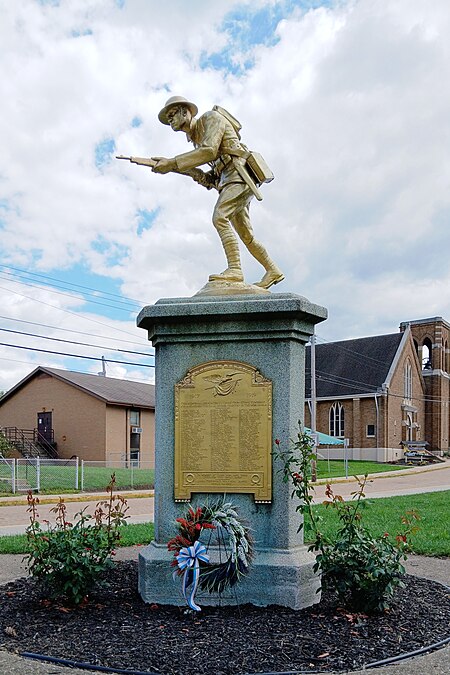


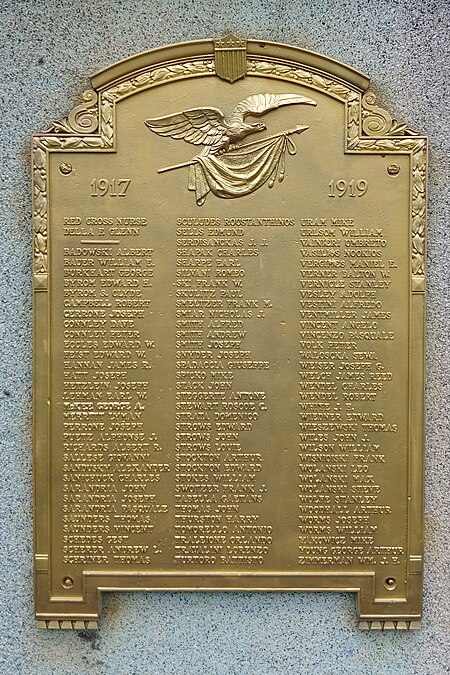
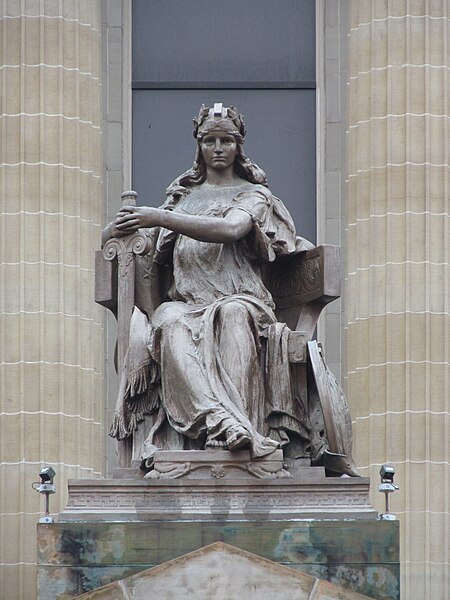
Charles Keck was a very successful sculptor who had a fruitful relationship with the architect Henry Hornbostel. He decorated the City-County Building, Pennsylvania Hall at Pitt, the Education Building in Albany, and the City Hall in that other Oakland, the one in California, all of them buildings by Hornbostel. He was a natural choice for this allegorical sculpture over the entrance to Soldiers and Sailors Hall, whose message seems to be that America is always ready, so don’t mess with her.


Note the large eyes. They may be inspired by late-antique sculpture, in which the eyes are usually disproportionately big. In a sculpture meant to be seen from a distance, the disproportion is not obvious at normal viewing range, but the large eyes give expression to the face that it would not have if they were natural size.

John Massey Rhind, Andrew Carnegie’s favorite sculptor, decorated the Carnegie Institute building with bronzes representing the Noble Quartet—science, art, music, and literature—to which the Institute was dedicated. At street level, each member of the quartet is represented by a portrait of one of its famous representatives. Above each statue, on the roof, is an allegorical group of female figures representing the abstract ideal. We have seen the pictures of the statues before, but since old Pa Pitt just recently took pictures of the allegorical groups, he thought it might be interesting to see everything together at once.

Galileo.



Michelangelo.



Bach.







Col. Hawkins was a state senator as well as a much-respected officer in the Spanish-American War, which America fought to free the Spanish colonies, and the ensuing Philippine insurrection, which America fought to keep her newly acquired colony. He died in 1899; this memorial was put up in 1904. Originally the base extended in an embracing curve, as we see in this old photograph from Historic Pittsburgh; the extensions were probably cut off when the approaches were built for the Panther Hollow Bridge.

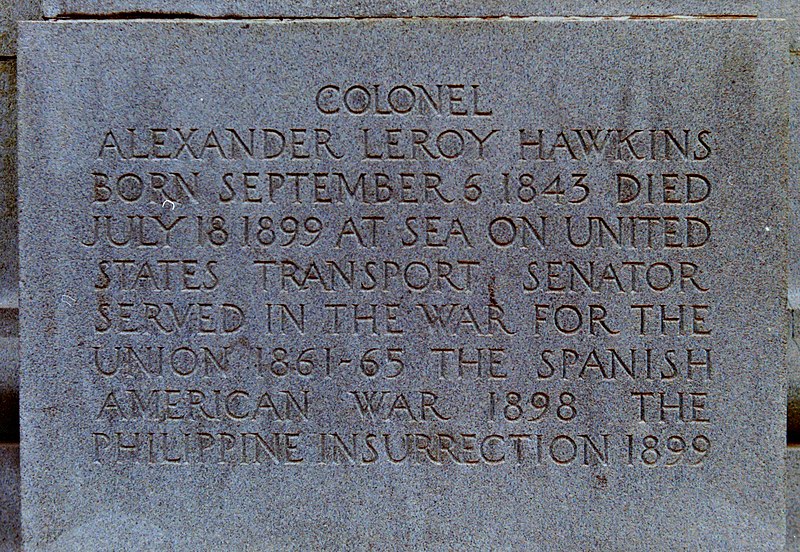
In an earlier version of this article, Father Pitt had negligently typed “1894” instead of “1904” as the date of this memorial. It is harder than one thinks to cross the gap between centuries.